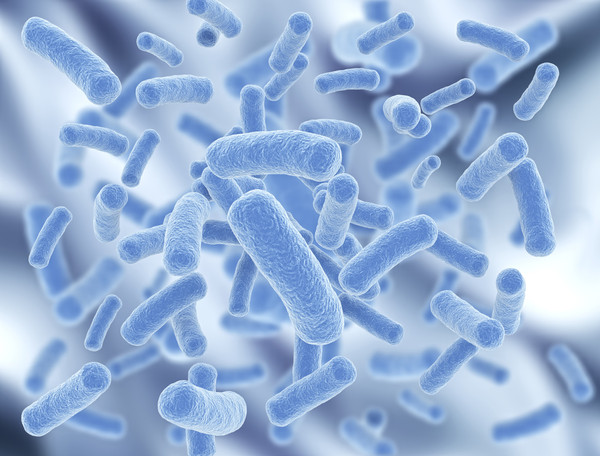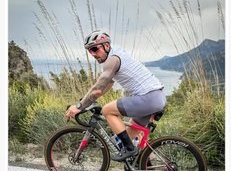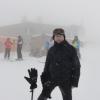
Ёти добавки примен€ют на курортах Ўвейцарии - в частности, в ÷ерматте и ƒавосе. Ќо SonntagsBlick в это воскресенье представила отчЄт, в котором сделан вывод о том, что использование бактерий может привести к проблемам со здоровьем, поскольку эти бактерии могут служить питательной средой дл€ жизни болезнетворных микроорганизмов.
ƒобавки Snowmax запрещено примен€ть в Ѕаварии и јвстрии, ‘ранци€ также ввела мораторий на использование данного продукта.







